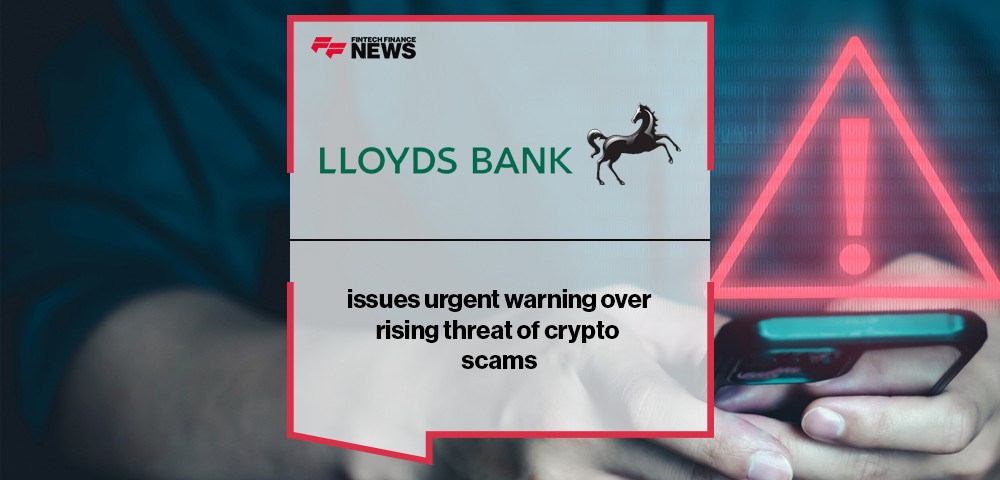Crypto’s once-praised open-source ethos is teetering on the edge of a problematic precipice. This celebrated realm, which championed collaboration, security, and transparency, is now rife with players exploiting its very foundation. As the crypto landscape becomes increasingly cluttered with look-alikes and rebranded projects, one has to question whether the spirit of genuine innovation still thrives, or if it’s merely become a ruthless race for riches.
The Mirage of Open-Source Authenticity
At the heart of this issue is the very open-source principle that the crypto community upholds. Born in the mid-90s as an evolution of the 80s’ “free software movement,” open-source celebrated the idea of software freedom akin to “freedom of speech” for the digital age. But as the years rolled on, this ethos faced reinterpretation, sometimes for the better, but mostly for the worse.
Today, while a developer might repurpose a code to introduce, hypothetically, a “PastaSwap”, enhancing the original concept, there’s no rule against this ‘innovator’ from shrouding most of their project in secrecy. It’s akin to building a skyscraper on someone else’s foundation and then claiming the entire structure as your own masterpiece.
Disturbingly, the open-source badge is often misleadingly worn. Projects masquerade under the open-source banner when, in truth, only the foundational code they borrowed remains truly transparent. Behind this façade, a plethora of proprietary actions unfold, concealed under the pretext of safeguarding against vulnerabilities.
From Innovation to Imitation
Meme coins only amplify this issue. Cloaked in the guise of decentralized amusement, these often mask more sinister motives. And then there’s the tedious trend of countless projects just regurgitating successes, spawning a plethora of poorly replicated ventures, devoid of vision, drowning user interest, and derailing tangible progress.
In its essence, the crypto narrative was about being open. It promised a reimagining of our virtual worlds, with boundless digital ownership and a shield against censorship. But how do we realign this derailed train? How do we balance the scales of open-source?
The answer lies in three pivotal pillars: incentives, mentorship, and a genuine culture of acknowledgment.
Instead of transient liquidity lures, crypto ecosystems should foster grant and bounty initiatives, where developers earn rewards for genuinely enhancing code and presenting features that truly cater to communal welfare. Regrettably, this can’t materialize without proper mentorship.
Many project initiators mistakenly assume that merely repackaging a product, anchored on existing open-source code, delivers the same results. They’re oblivious to the enduring repercussions of spawning yet another carbon copy.
There’s an urgency for the crypto community to cultivate a decentralized ethical compass. While expecting universal fair play is utopian, it’s imperative for the community’s stalwarts and institutions to grasp that for crypto to genuinely elevate, it must embrace a spirit of originality and respect.
Copycats, unfortunately, have cemented their place in the crypto world. However, those who remain true to the authentic open-source ethos stand to gain the most. It’s a call to the crypto world: cherish the originators, scrutinize code, acknowledge contributions, and make palpable enhancements.
Only then can crypto evolve from an emergent asset category to a global, all-encompassing, and inclusive digital financial system, reshaping the economic tapestry of our contemporary world.





